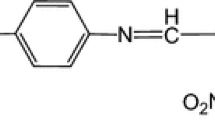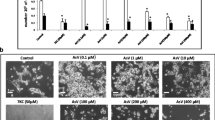Abstract
Inducibility of apoptosis in cultured human HL-60 cells by arsenic compounds, such as arsenite, arsenate, methylarsonic acid (MAA), and dimethylarisinic acid (DMAA), was investigated, together with the role of glutathione (GSH) in the induction. Among the arsenic compounds DMAA was the most potent in terms of the ability to cause the morphological changes (formation of nuclear fragmentation and apoptotic bodies) characteristic of apoptosis. Furthermore, fragmentation of internucleosomal DNA was also induced by DMAA. Depletion of cell GSH by L-buthionine-SR-sulfoximine, a selective inhibitor of γ-glutamylcysteine synthetase, enhanced the cytotoxicity of arsenite, arsenate, and MAA, while such depletion suppressed the cytotoxicity of DMAA. The depletion of GSH also suppressed the morphological changes and the fragmentation of internucleosomal DNA caused by DMAA, both of which are characteristic features of apoptosis. The results suggest that the death of cells caused by DMAA is due to apoptosis and that GSH is involved in the induction of apoptosis by this arsenic compound.
Similar content being viewed by others
Author information
Authors and Affiliations
Additional information
Received: 17 January 1996/Accepted: 12 March 1996
Rights and permissions
About this article
Cite this article
Ochi, T., Nakajima, F., Sakurai, T. et al. Dimethylarsinic acid causes apoptosis in HL-60 cells via interaction with glutathione. Arch Toxicol 70, 815–821 (1996). https://doi.org/10.1007/s002040050344
Issue Date:
DOI: https://doi.org/10.1007/s002040050344




